Content
He Owners equity concept applies to companies in business, but it is similar to the notion in personal finance, where a homeowner speaks of “equity” in a home property. In that case, Equity represents the initial down payment on the property plus the part of the mortgage loan principal that has been “paid off.” Wners equity is the ownership interest of shareholders in the assets of a company. To complete a statement of owner’s equity, start with a good balance sheet from the beginning of the year, another for the end of the year and an accrual adjusted income statement for the year. We arrive at this figure by adding all additional investments and net income to the beginning balance of the owner’s equity.
- Withdrawals mean reduction of the stake in owner’s equity & it is a negative figure.
- Her business and finance articles can be found on the websites of “The Arizona Republic,” “Houston Chronicle,” The Motley Fool, “San Francisco Chronicle,” and Zacks, among others.
- However, if a used car dealer sells a van on the lot, the proceeds from that sale are considered to be sales revenue for the dealership.
- We can calculate, or at least estimate, two parts of total owner equity and the third part is calculated as the difference.
- According to the Corporate Finance Institute, owner’s equity refers to how much of a company’s total asset value its owners or its shareholders have a right to claim.
- By the end of the article, you should have a better understanding and appreciation of what the owner’s equity is.
- Details that we can find on a statement of owner’s equity (regarding the movement in the business’s equity).
Companies can reissue treasury shares back to stockholders when companies need to raise money. When a company has negative owner’s equity and the owner takes draws from the company, those draws may be taxable as capital gains on the owner’s tax return. For that reason, business owners should monitor their capital accounts and try not to take money from the company unless their capital account has a positive balance. The statement of owner’s equity is prepared after the income statement.
What Is Equity?
Contributions are the amounts of investments made till date & it is a positive figure appearing in the list of ledgers. Withdrawals mean reduction of the stake in owner’s equity & it is a negative figure. You can find the amount of owner’s equity in a business by looking at the balance sheet. On the right are liabilities (what’s owed by the business) and owner’s equity (what’s left).
One, look for the cheapest source of raw material , and second, increase your scale of operations. Cheap raw materials with quality aren’t available without effort, so do a hard bargain and give regular payments. Owners of businesses should be mindful of the effect their actions have on their equity. It is likely, for instance, to get a negative balance of equity where an owner has drawn more than they have paid. Home equity is often an individual’s most valuable form of leverage.
- The specific items that appear in financial statements are explained later.
- The Professionals – stock analysts, money and investment managers and so on carefully read through and dissect the statement of Owner’s Equity (or at least they should!) .
- Owning equity will also give shareholders the right to vote on corporate actions and elections for the board of directors.
- Small businesses have two ways to reduce their cost of manufacturing.
- This is because, on top of failing to generate profits, losses also mean that the business “consumed” the owner’s investment without providing returns.
- Traditionally, owner equity is divided into Contributed Capital and Retained Earnings.
However, if a used car dealer sells a van on the lot, the proceeds from that sale are considered to be sales revenue for the dealership. If the car dealership sells an old office computer, the proceeds from that sale aren’t really revenue for the dealership. Successful branding is why fashions by Georgio Armani bring to mind style, exclusiveness, Owner’s Equity desirability. Branding is why riding Harley Davidson motorcycles makes a statement about the owner’s lifestyle. Strong branding ultimately pays off in customer loyalty, competitive edge, and bankable brand equity. Exhibit 2.The Statement of retained earnings.The Retained Earnings figure will appear on the Balance sheet.
Learn About This Topic In These Articles:
The number of outstanding shares is taken into account when assessing the value of shareholder’s equity. Stockholders’ equity is the remaining amount of assets available to shareholders after paying liabilities. The debt-to-equity (D/E) ratio indicates how much debt a company is using to finance its assets relative to the value of shareholders’ equity.
See the article Capital and Financial Structures for more on the role of Equities and Liabilities in creating leverage. Fourth, strategies for increasing Owners Equity and causes of equity decrease. If you are new to accounting the next thing I would read about would be the Balance Sheet and The Cash Flow Statement. In this way, gains and losses do not effect the bottom line profit of a business that is reported in the Income Statement.
Articles
This complicates analysis for both stock valuation and accounting. Investors in a newly established firm must contribute an initial amount of capital to it so that it can begin to transact business. This contributed amount represents the investors’ equity interest in the firm. Under the model of a private limited company, the firm may keep contributed capital as long as it remains in business. If it liquidates, whether through a decision of the owners or through a bankruptcy process, the owners have a residual claim on the firm’s eventual equity.
Retained Earnings are the part of net income that the company… These simple measures work a lot in increasing your profit margin. Continued acquisitions and a rise in earnings generally result in the growth of https://www.bookstime.com/. Increased production and revenue, particularly when combined with lower expenditures, can demonstrate its high growth.
Defining The Accounting Entity
The farm owners could be one accounting entity with assets , liabilities, income, and expenses. The farm business would be a separate entity and each would record financial transactions between them as well as with other entities.
Let’s say your business has assets worth $50,000 and you have liabilities worth $10,000. Using the owner’s equity formula, the owner’s equity would be $40,000 ($50,000 – $10,000).
What Is Shareholders Equity?
Common examples include home equity loans and home equity lines of credit. These increase the total liabilities attached to the asset and decrease the owner’s equity. Certain types of Gains and Losses are recorded directly in the stockholders equity accounts instead of going through the income statement. If it is a minus figure, it will contribute to the net worth decrease. If an owner puts more money or assets into a business, the value of the owner’s equity increases. Raising profits, increasing sales and lowering expenses can also boost owner’s equity.
Institutions such as retirement funds, university endowments, and insurance firms, as well as qualified individuals, might be among these remote equity participants. For a sole proprietorship or partnership, the value of equity is indicated as the owner’s or the partners’ capital account on the balance sheet. The balance sheet also indicates the amount of money taken out as withdrawals by the owner or partners during that accounting period. Apart from the balance sheet, businesses also maintain a capital account that shows the net amount of equity from the owner/partner’s investments. Equity is an important concept in finance that has different specific meanings depending on the context. Perhaps the most common type of equity is “shareholders’ equity,” which is calculated by taking a company’s total assets and subtracting its total liabilities. Treasury shares or stock (not to be confused with U.S. Treasury bills) represent stock that the company has bought back from existing shareholders.
If the equity is negative then the unpaid creditors take a loss and the owners’ claim is void. Under limited liability, owners are not required to pay the firm’s debts themselves so long as the firm’s books are in order and it has not involved the owners in fraud. Private equity is often sold to funds and investors that specialize in direct investments in private companies or that engage in leveraged buyouts of public companies. In an LBO transaction, a company receives a loan from a private equity firm to fund the acquisition of a division of another company. Cash flows or the assets of the company being acquired usually secure the loan.
Another example would be if your business owned land that you paid $30,000 for, equipment totaling $25,000, and cash equalling $10,000. You owe $10,000 to the bank and you owe $5,000 in credit card debt. Businesses are often combined through acquisition, merger, or consolidation and GAAP provides detailed guidance for financial reporting. Each of the businesses was a separate accounting entity before the combination and will usually continue to prepare separate financial statements for internal use. The parent company, after being combined, will consolidate the statements in reporting for the expanded accounting entity which encompasses both original businesses.
Capital Contributed And Withdrawals
Owning stock in a company gives shareholders the potential for capital gains and dividends. Owning equity will also give shareholders the right to vote on corporate actions and elections for the board of directors. These equity ownership benefits promote shareholders’ ongoing interest in the company. The term “owner’s equity” is typically used for a sole proprietorship. It may also be known as shareholder’s equity or stockholder’s equity if the business is structured as an LLC or a corporation.
Well, it’s a type of financial statement that contains information regarding the movement in owner’s equity. When the owner makes an additional investment, the owner’s equity will increase. At its inception, the business’s owner’s equity will only consist of the owner’s initial investment in the business. In a corporation where there are multiple owners, shareholders’ equity is used instead. We will also learn about how we can connect it with the other financial statements.


